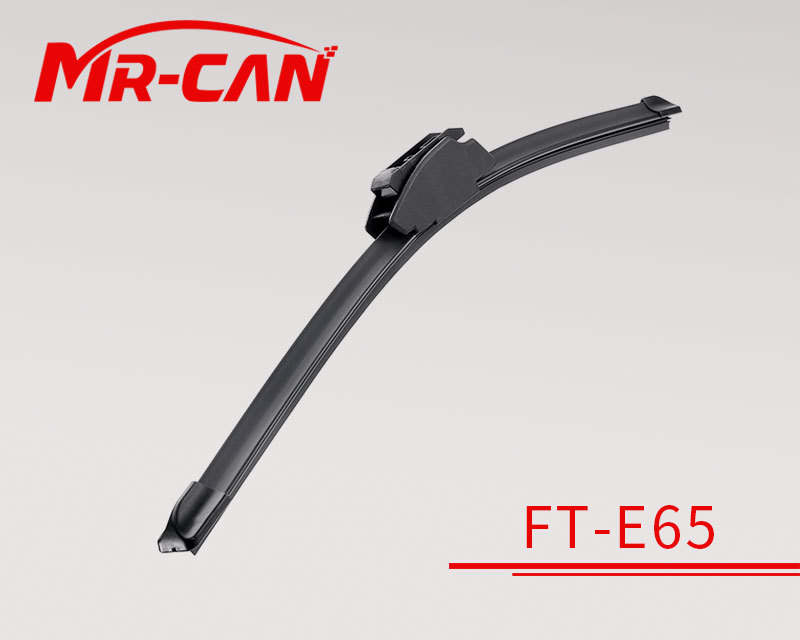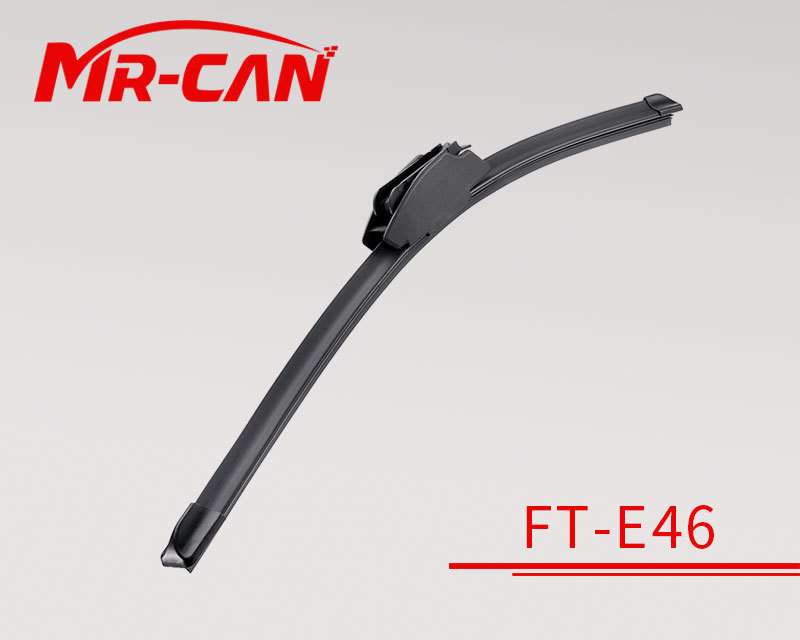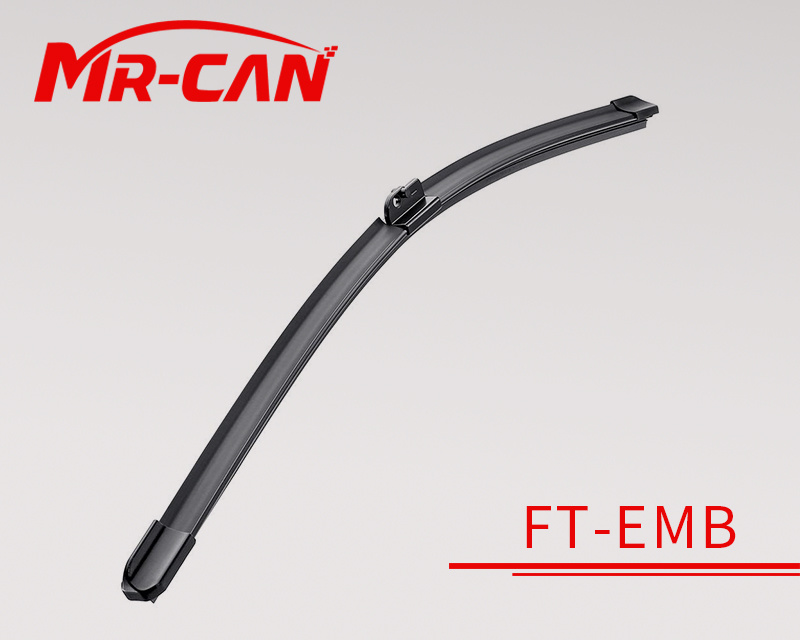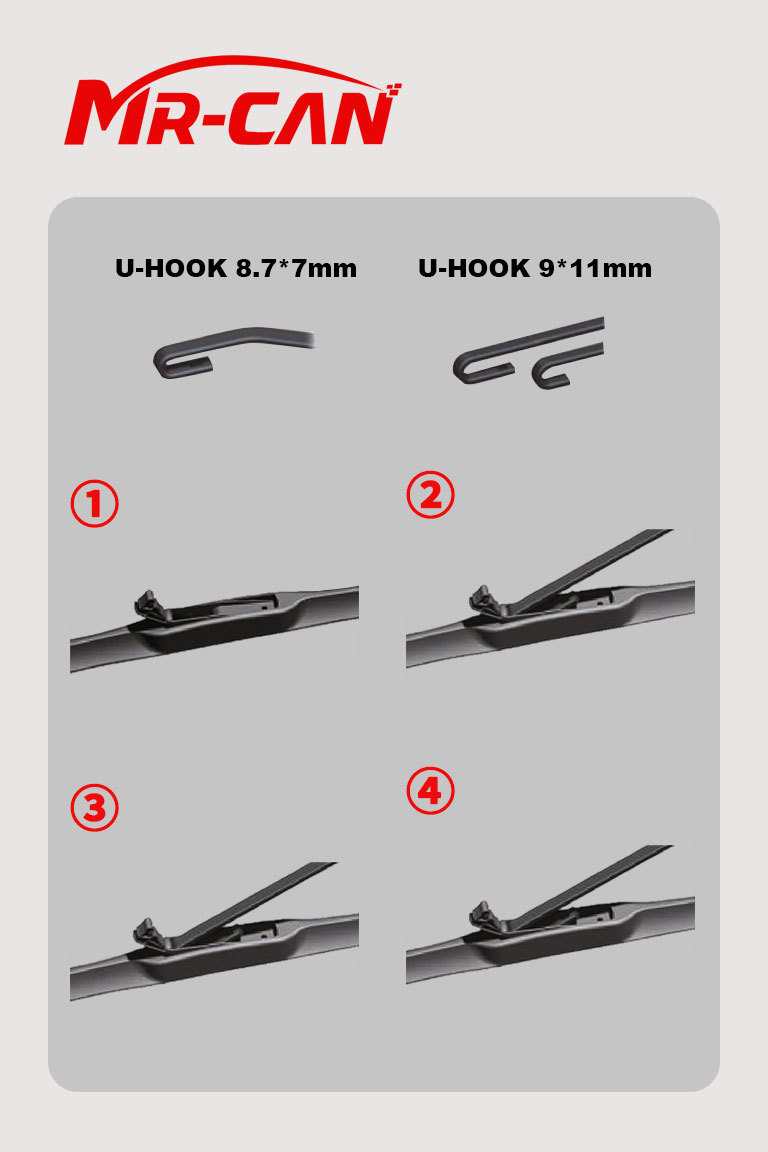How Extreme Weather Conditions Impact the Performance of Truck Wiper Blades
Release Time:
Mar 25,2025
How Extreme Weather Conditions Impact the Performance of Truck Wiper Blades Understanding the Role of Truck Wiper Blades Truck wiper blades play a crucial role in ensuring driver visibility during adverse weather conditions. Their primary function is to clear rain, snow, and debris from the windshield, allowing for safe driving. However, their effectiveness can be significantly compromised by vari

How Extreme Weather Conditions Impact the Performance of Truck Wiper Blades
Understanding the Role of Truck Wiper Blades
Truck wiper blades play a crucial role in ensuring driver visibility during adverse weather conditions. Their primary function is to clear rain, snow, and debris from the windshield, allowing for safe driving. However, their effectiveness can be significantly compromised by various extreme weather conditions.
What Makes Wiper Blades Essential for Truck Safety?
Wiper blades are not just accessories; they are essential for maintaining the safety of truck drivers and others on the road. Here are some reasons why they are vital:
1. Enhanced Visibility
When visibility is compromised, the risk of accidents increases. Wiper blades ensure that drivers have a clear view of the road, especially in downpours or heavy snow.
2. Protection Against Environmental Factors
Debris, dirt, and water can obstruct a driver’s line of sight. Wiper blades help maintain clarity, protecting drivers from potential hazards.
3. Increased Driver Confidence
Knowing that the wiper blades are functioning optimally gives drivers the confidence to tackle adverse weather conditions without fear or hesitation.
The Impact of Rain on Wiper Blade Performance
Rain is one of the most common weather conditions that affect wiper blades. The intensity and duration of rainfall can have various impacts.
1. Blade Wear and Tear
Prolonged exposure to heavy rain can cause wiper blades to wear out faster. The friction generated between the blade and the windshield can lead to the rubber deteriorating, resulting in streaks and reduced efficiency.
2. Hydrophobic Surfaces
Some modern windshields have hydrophobic coatings that repel water. While this technology enhances visibility, it can also alter how wiper blades perform, potentially causing them to skip if not designed for such surfaces.
3. The Importance of Quality Wiper Blades
Investing in high-quality wiper blades specifically designed for heavy rainfall can make a significant difference. Premium materials often have better resistance to wear and tear, ensuring they last longer during rainy conditions.
The Effect of Snow and Ice on Wiper Blades
Snow and ice present unique challenges for truck wiper blades, particularly in regions that experience harsh winters.
1. Frozen Wiper Blades
When temperatures drop, wiper blades can freeze to the windshield. This can lead to blade damage when attempting to use them, as the motor may strain against the frozen resistance.
2. Snow Accumulation
Heavy snow can accumulate on the windshield, making it essential for wiper blades to have enough strength to clear it efficiently. Subpar blades may struggle, leading to reduced visibility.
3. Special Winter Blades
Winter-specific wiper blades, often featuring a frame-less design, can provide improved performance in snowy conditions. These blades are less likely to clog with ice and snow, ensuring optimal visibility.
Extreme Heat and Its Effects on Wiper Blades
Conversely, extreme heat can also hinder the performance of truck wiper blades.
1. Rubber Degradation
High temperatures can cause the rubber in wiper blades to dry out and crack. This deterioration can lead to decreased functionality, as the blades may not make proper contact with the windshield.
2. Increased Friction
Heat can also increase friction between the wiper blade and the windshield, leading to more rapid wear. This is especially concerning in areas with consistent high temperatures.
3. Choosing the Right Materials
Wipers made from silicone or specifically engineered rubbers can withstand higher temperatures better than standard options. These materials are designed to resist degradation from heat exposure, ensuring longevity.
The Influence of Humidity on Wiper Blade Performance
Humidity levels can also impact the functionality of wiper blades, especially during transitional weather seasons.
1. Mold and Mildew Growth
High humidity can encourage the growth of mold and mildew on wiper blades, leading to unpleasant odors and potential damage to the rubber.
2. Reduced Visibility from Mist
In humid conditions, mist can form on the windshield, requiring more frequent use of wiper blades. If the blades are not maintained properly, they may not clear the mist effectively.
3. Regular Maintenance
Routine checks and cleaning of wiper blades are crucial in humid climates. Utilizing specific cleaning agents can help prolong the life of the blades and maintain optimal performance.
Best Practices for Maintaining Truck Wiper Blades
Proper maintenance is essential to ensure that wiper blades perform effectively regardless of the weather conditions.
1. Regular Inspections
Conducting routine inspections of wiper blades can help identify signs of wear such as cracks or tears. Replacing worn blades promptly can prevent safety hazards.
2. Cleaning the Blades
Keeping wiper blades clean helps maintain their effectiveness. Regularly wiping the blades with a damp cloth can remove dirt and debris that may hinder performance.
3. Seasonal Replacement
Consider changing wiper blades seasonally, especially before winter and summer. Different weather conditions may require different blade types for optimal performance.
Choosing the Right Wiper Blades for Trucks
Selecting the right wiper blades is crucial for maximizing visibility and safety.
1. Blade Size and Compatibility
Always verify the size of the wiper blades that are compatible with your truck. Incorrect sizing can lead to poor performance.
2. Material Considerations
As previously mentioned, the material of the blade matters. Choose high-quality materials that offer resistance to extreme weather conditions.
3. Performance Ratings
Before making a purchase, check the performance ratings and customer reviews of wiper blades. Top-rated blades are often better equipped to handle harsh weather conditions.
Conclusion
Extreme weather conditions have a significant impact on the performance of truck wiper blades. Understanding how elements like rain, snow, ice, heat, and humidity affect these crucial components can help truck owners make informed decisions about maintenance and replacement. By selecting high-quality blades, conducting regular inspections, and practicing proper maintenance, we can ensure optimal performance and safety on the road, no matter the weather.
Frequently Asked Questions (FAQs)
1. How often should I replace my truck wiper blades?
It is advisable to replace your wiper blades every 6 to 12 months, depending on usage and weather conditions.
2. What are the signs that my wiper blades need to be replaced?
Look for streaking, skipping, or unusual noises when using the blades, as these are signs of wear.
3. Can I use regular car wiper blades on my truck?
While you can use regular blades, it’s recommended to use blades specifically designed for trucks to ensure proper sizing and performance.
4. How do I properly maintain my wiper blades?
Regularly inspect, clean, and replace your wiper blades as needed to maintain optimal performance.
5. Are winter wiper blades worth the investment?
Yes, winter wiper blades are designed to handle snow and ice more effectively, making them a worthwhile investment for regions with harsh winters.
Keywords:
More information




